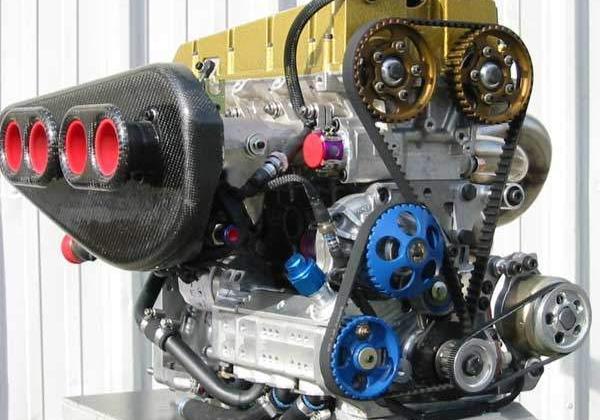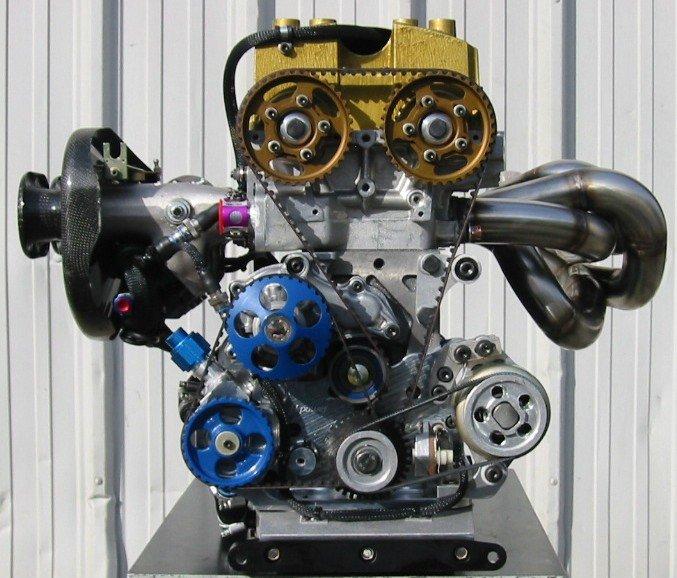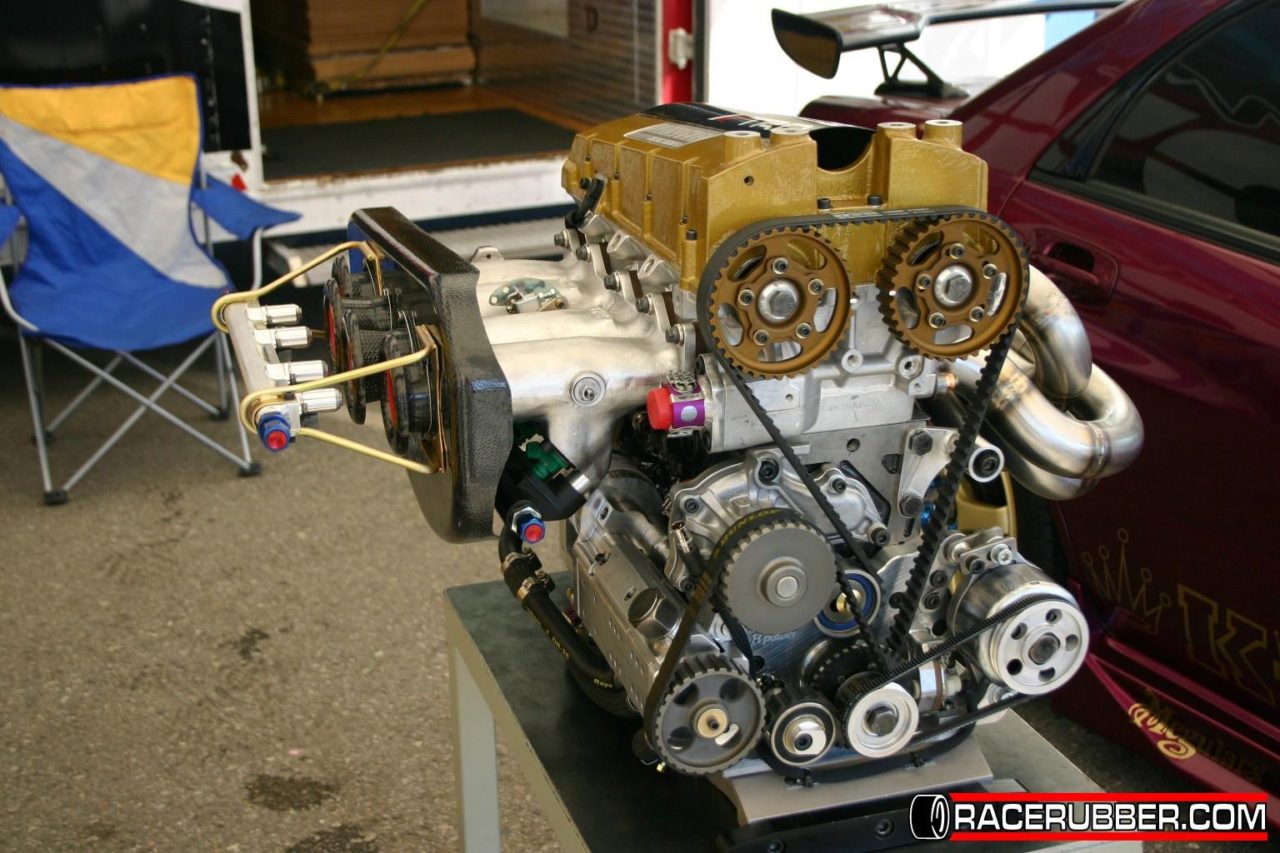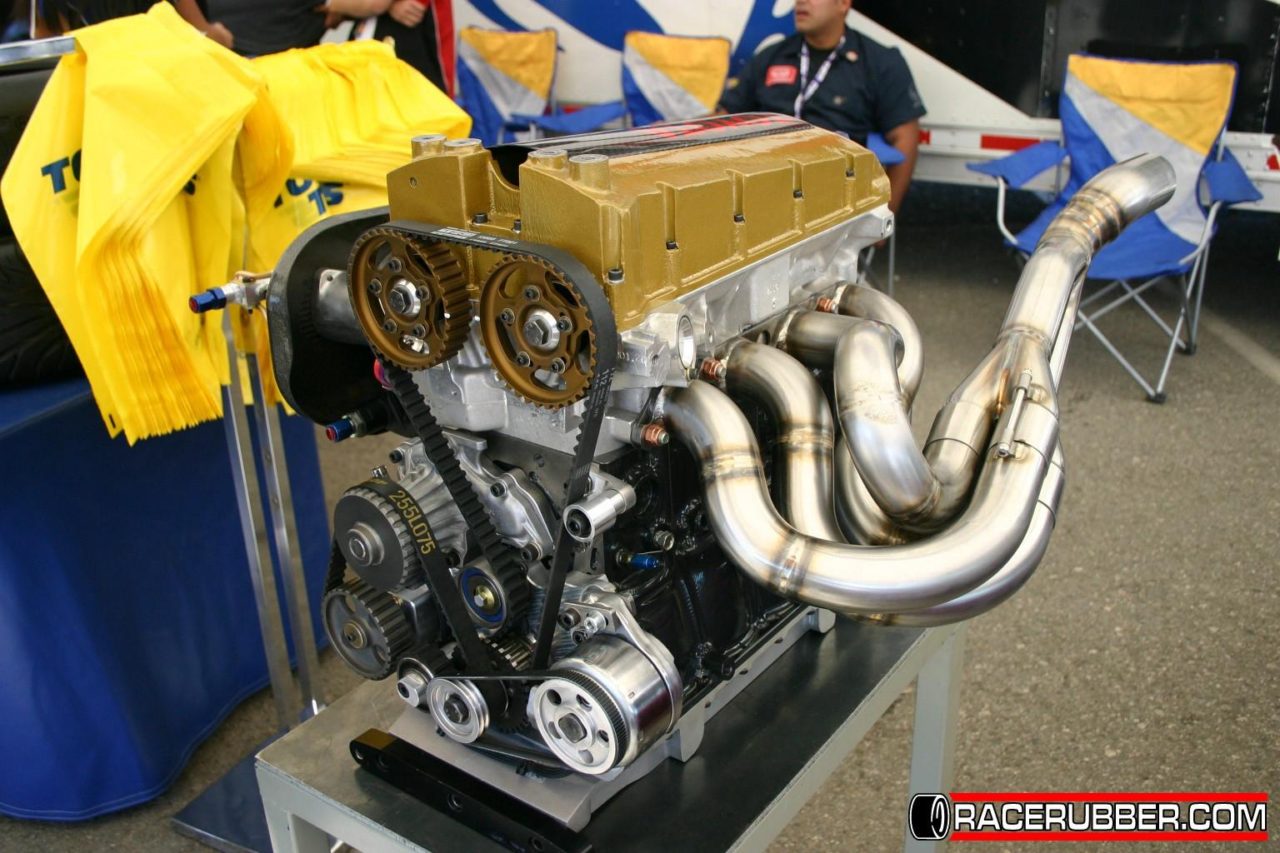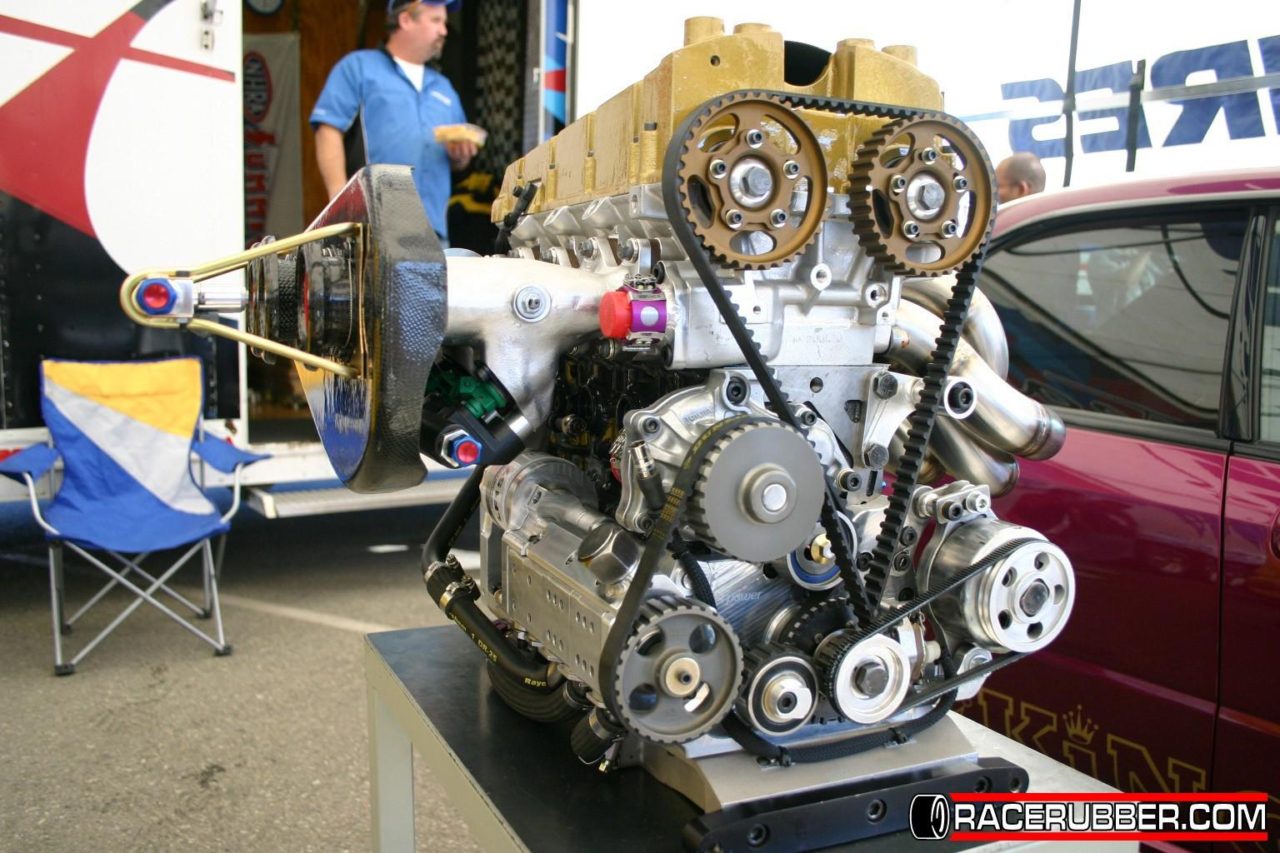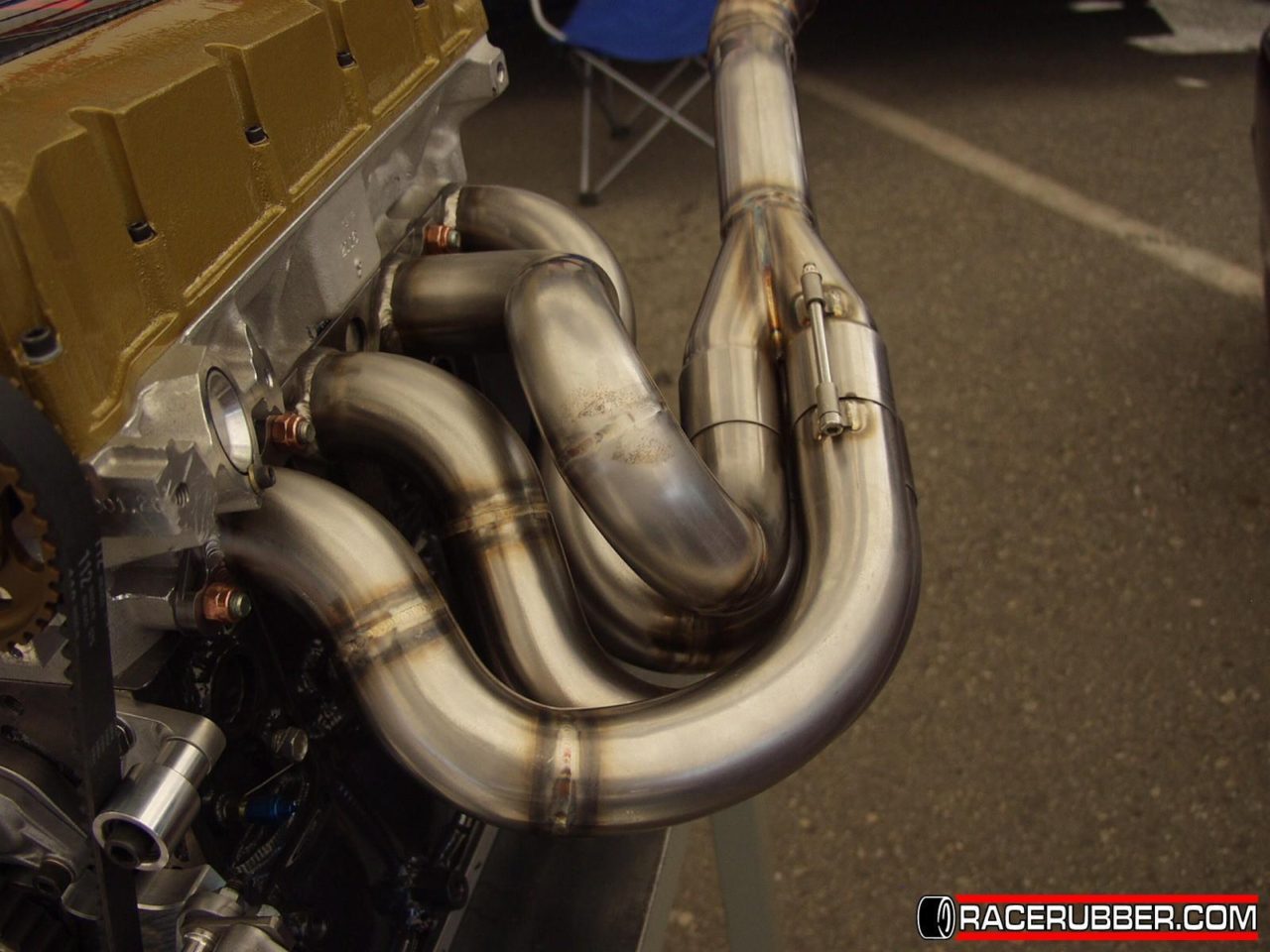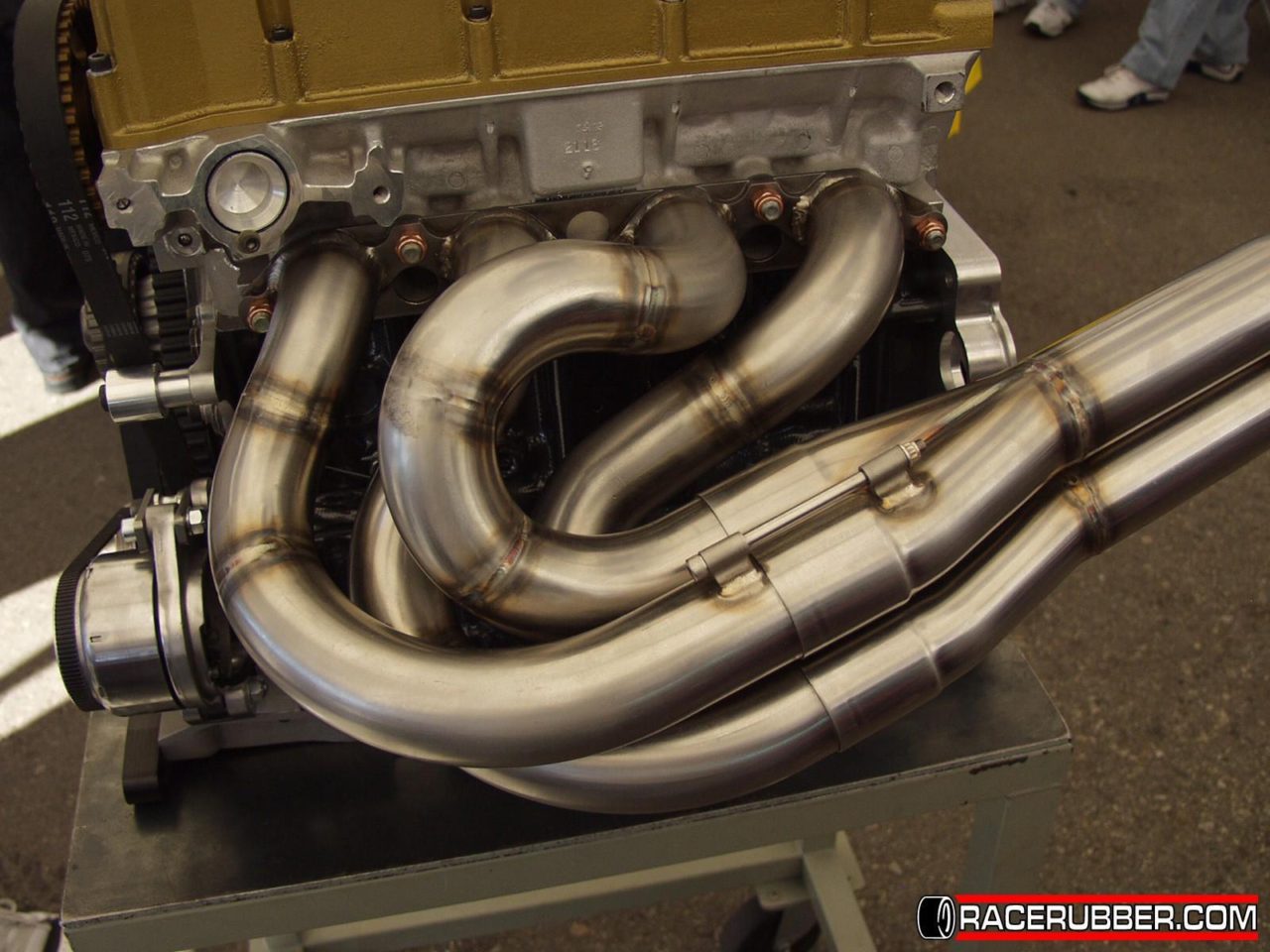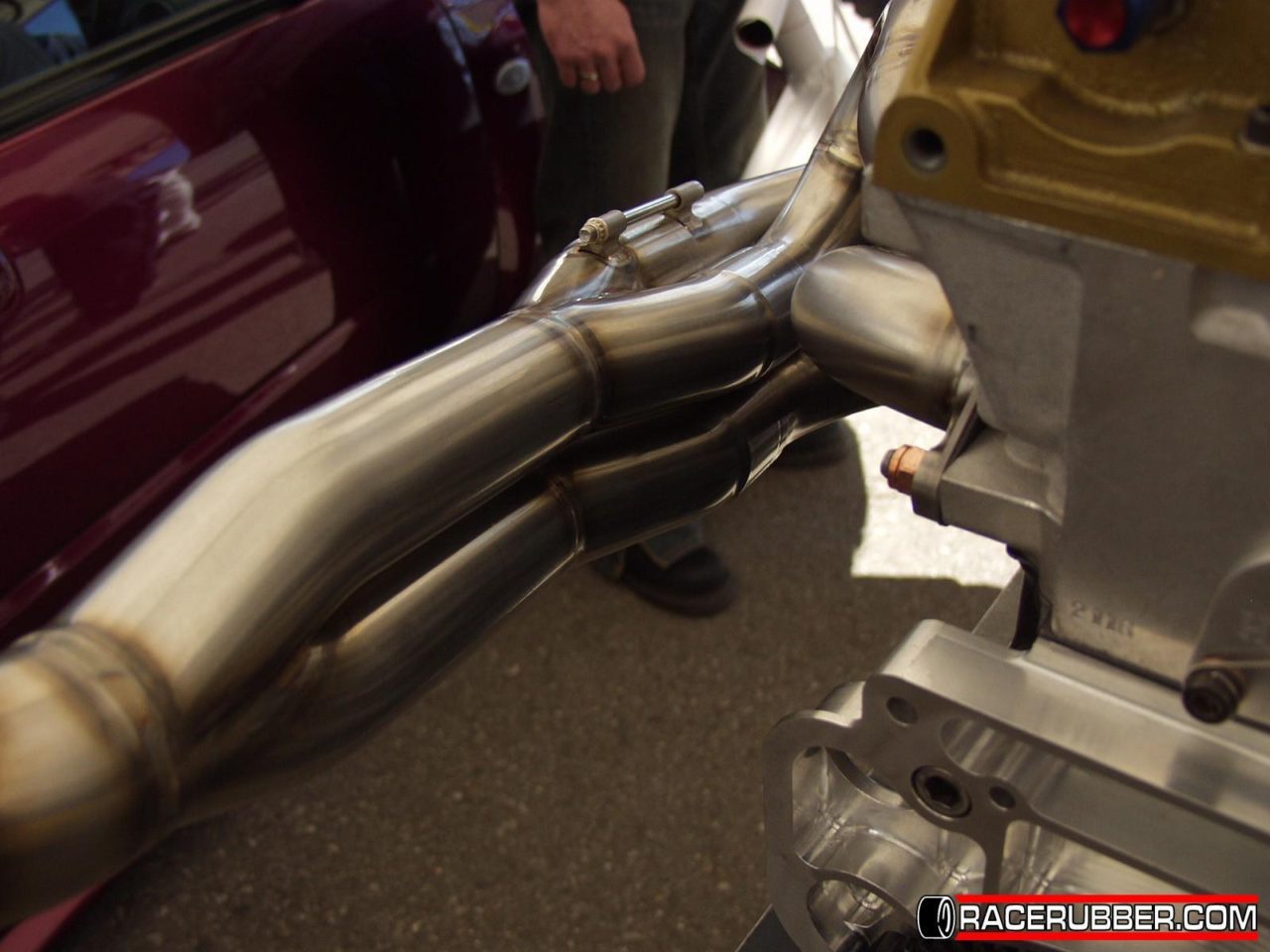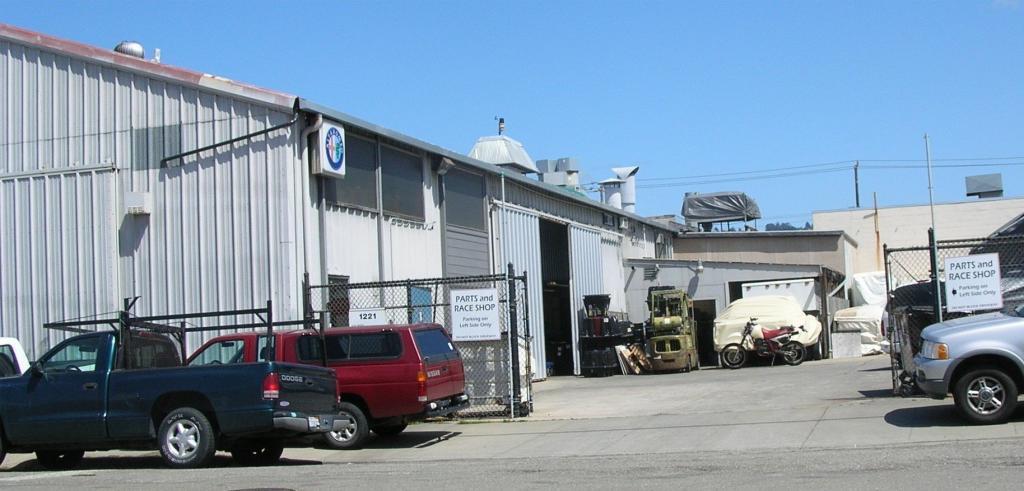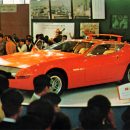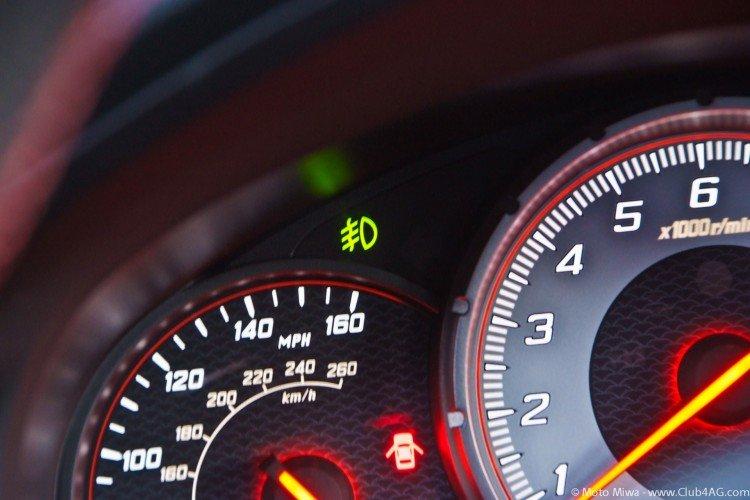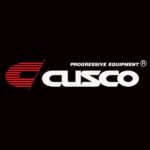Is this the end of the 4A-G?
The last 16 valve 4A-G was produced in 1993; the last 20 valve in 2002. Moreover, the last of the ‘A’ series engines, 7A-F, was produced in 2002. Even Toyota (TRD) has dropped its technical association with North American’s Championship Automobile Racing Teams (CART) and no longer supports the Toyota Formula Atlantic Championship series. The hand writing is/was on the wall. TRD Formula Atlantic parts are no longer readily procurable from the original source, TRD North America. For the last two years, 2005 thru 2006, Toyota simply gave up and awarded the Toyota Formula Atlantic engine contract to Hasselgren Engineering. So great was his dominance, no other engine producer could compete. And in my opinion, even TRD would not, nor could they, compete as an engine supplier or race engineering service. A change in Toyota’s (North America) corporate direction had Toyota abandon its support of the “G” type, “Sport engines”, and the entry level professional driving series.
On April 9, 2007, this author had the privilege of talking to Paul Hasselgren of Hasselgren Engineering Inc. He has been in the race engine business for many, many years. He started in the ‘70s on Formula Fords and moved on to the Atlantic engines in 1989. And for those new to the 4A-G engine and do not know who he is, all I can say is, he is arguably the greatest 4A-G engine builder ever. He has won more engine supplier titles using Toyota’s 4A-G and is associated with more SCCA Atlantic and Group 3 wins with his engines than anyone else. The durability, 1,100 plus miles between overhauls, and power from his naturally aspirated 4A-G engines speak for themselves.
Now that TRD (North America) has left him and support of the 4A-G to move on to Midget racing and push rod NASCAR engines, is this the end of the 4A-G? Paul sees parallels with the Cosworth BDA, which once dominated the Atlantic series and then became obsolete. Even with a combustion head designed from their famous DFV V8 engines, parts are no longer available. The Cosworth BDA, as many of their parts, are now categorized as historic and are collectable. The iron blocks from South African, forklifts have long since dried up. BDA engines are “restored” and no longer “developed” for racing. However, it is interesting to note that by installing the latest engine management system and Hasselgren’s latest inlet injectors, this engine could be competitive again. The trouble is there are no parts and no one willing to finance such an endeavor and push its envelope.
Such is the fate of the 4A-G Atlantic engine? A new, ready to race and challenge all comers, naturally aspirated, 4A-G motor will cost in the neighborhood of $53K. This engine is said to have +250hp and +130ft-lb torque. Torque comes on around 5,500 and flattens out at 7,500 RPM. Horsepower tops off above 10,000. It is the last development derived from rules and parts meant to keep cost down and development to a minimum.
What the Toyota Atlantic series did do for the 4A-G, through Hasselgren Eng, was to optimize performance within the rules and within the limitations of the TRD parts. The TRD billet crankshafts (from SUN or SCAT) have a fundamental out of balance that was corrected by “adding weight” to the #3 counter weight journal. Lubrication to the valve train is critically limited, and special DLC (diamond like carbon) coatings are necessary on the followers and other parts of the valve train. Titanium valves are necessary to run over 12,000rpms. The TRD pistons have to be coated for friction reductions and thermal protection. Anodize in the ring groove is required to increase longevity and prevent micro welding. Special small orifice oil squirters are necessary to lubricate the cylinder walls. The TRD dry sump pan along with the TRD main and rod bearings are a big source of power limitation. Even the stock water pump robs about 14hps and is not optimized to effectively or efficiently conduct heat into the cooling system.
Is there more power in the 4A-G? Paul seems to think so, if not limited by TRD parts and the customer’s budget. But where is the incentive? Toyota has no more marketing interest. The 4A-G was not produced to be a race engine, and outside of the Hasselgren’s modifications for the Toyota Formula Atlantic series, the 4A-G design is limited in many ways. Nevertheless, individuals and race teams can readily buy one (or more) of his 4A-G engines and be a class above anything else within 1800 to 1600cc’s, and if he did come up with the next and last 4A-G development it would soon be outlawed and banned. Sanctioning bodies mandate fair competition and a 4A-G Hasselgren motor as it stands now is almost unfair.
His engines (its power) have made Swift Engineering force Hewland to redesign their gearbox to be able to handle the Atlantic 4A-G’s torque. Something that was adequate for the Cosworth BDA in its time. In addition, his engines effectively turned the Toyota Formula Atlantic series into a ‘sole source supplier’, spec., series for the last two years, where if you wanted to be competitive you had to have a Hasselgren motor.
The last question is, will Formula D, drifting, be able to or even want to support a twenty plus year old car and a small engine package? Or can the club racer afford the last 4A-G development. Hasselgren has what looks to be the last supply of TRD Atlantic camshafts, and Hasselgren is the only one with this level of hands on “go fast” knowledge that has even the remotest possibility to go up against large bore, large displacement V8s and V10s.
Other Notes from our meeting:
- Hasselgren machines all of their parts, e.g., front covers (replaces oil pump) and fuel rails (direct mouth, inlet, injection)
- Hasselgren uses Bosch injection
- Blocks are Honed and line bored Hot (at expected operating temperature)
- Hasselgren specializes in building and developing complete race engines. Individual parts are not “normally” taken in.
- Currently there are 14 employees, a couple of engineers, a couple of machinist, and a couple of assemblers, etc.
- Hasselgren developed their own oil squirters for the 4A-G. The U.S. GZ block comes without squirters.
- The 12.7:1 compression ratio mandated by the Toyota Atlantic “rules” limited performance, ~15:1 could be achieved.
- There were several TRD parts that were identified as performance limiters:
- The individual port aluminum Intake manifold.
- The stock water pump
- The dry sump pan
- And depending which piston mfg. was used by TRD, it was performance limiting. Coatings had to be used.
- Hasselgren saved/shaved 15lbs from the 4A-G Atlantic engine when Champ Car went to the 014 Swift chassis from the 008 Swift chassis.
- There are no coating on inner or outer valve springs (Eibach)
- Higher RPMs are limited by the valve train weight. Hasselgren is using Titanium valves.
- Hasselgren’s Atlantic engines have been optimized around the TRD Atlantic Cam profile. The intake runners and exhaust pipe lengths are set around the tuning of these camshafts.
- Engine seals are OEM Toyota. They are able to maintain 10 ~ 14 inches of vacuum. Further development was not pursued.
- Timing belts are after market, high strength, H-NBR, full curvilinear teeth
- Small port heads are “better” (tuned – breathing) at higher RPMS, above 10,000rpms
- Large port head are “better” (tuned – breathing) at lower RPMS, below 10,000rpms
- Hasselgren “straps” the main bearing caps to the engine block’s skirt. #2 and #4 mains are tied together to add greater stiffness and prevent the crank from breaking at the #3 journal.
- Oil passages in both the head and block are not modified.
- Any modifications to the race engine or to any drive train component, no matter how small, has to be considered as an effect to the total system and could be detrimental to something else not considered.
Please note, attempts have been made to allow Hasselgren Engineering to clarify and/or correct the conversation as I have remembered it. There has been no response. Information for this article is for your entertainment and its accuracy is a subject for further review.
Within a few blocks of the Pyramid Brewery and down the street from the railroad tracks, almost invisible, is Hasselgren Engineering. It is low key. The Hasselgren sign is easily hidden by small trucks parked in front. Paul Hasselgren shares his facilities with a well-known Alfa Romeo parts supplier. Inside it is stuffed full “go-fasts” goodies, and is a ‘Gear Head’s’ dream shop. A look inside can be found on www.hasselgren.com.
Article by Richard White, an avid Toyota fan, and a very respected engineer of a long career in key aerospace industry.

